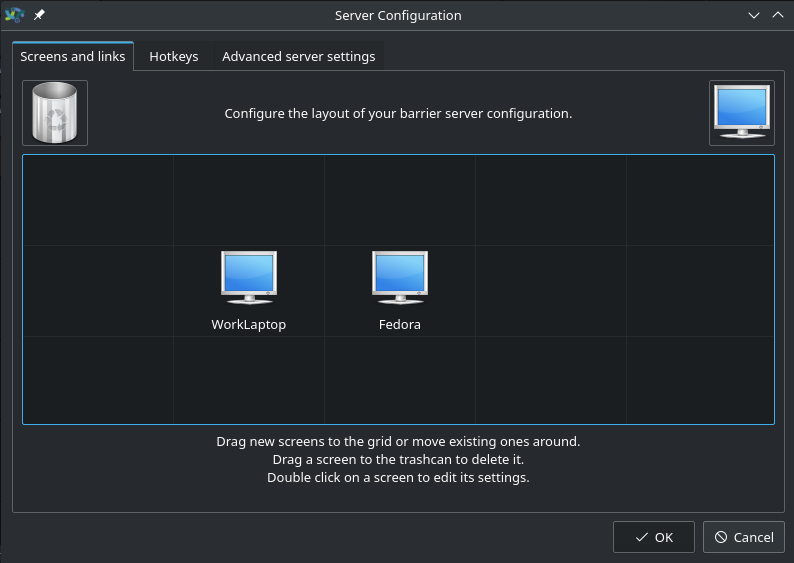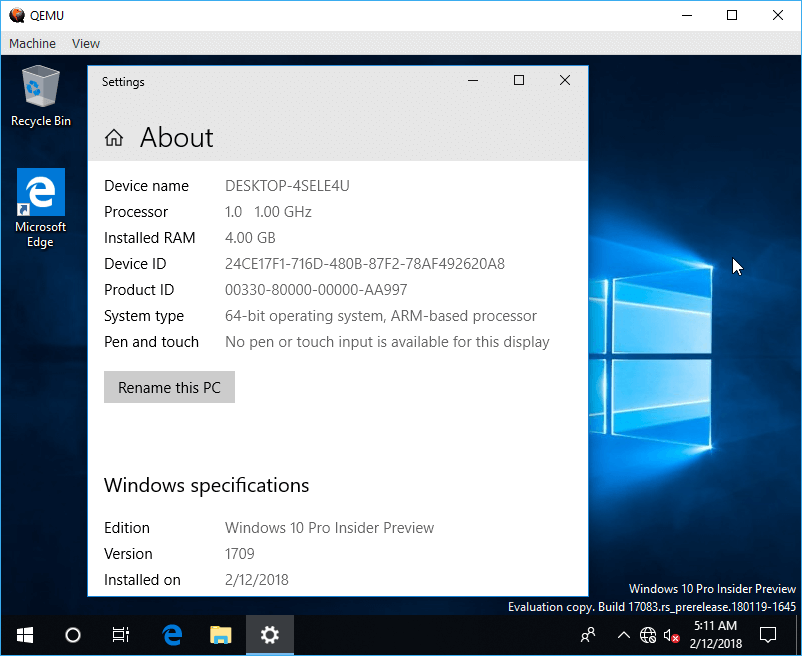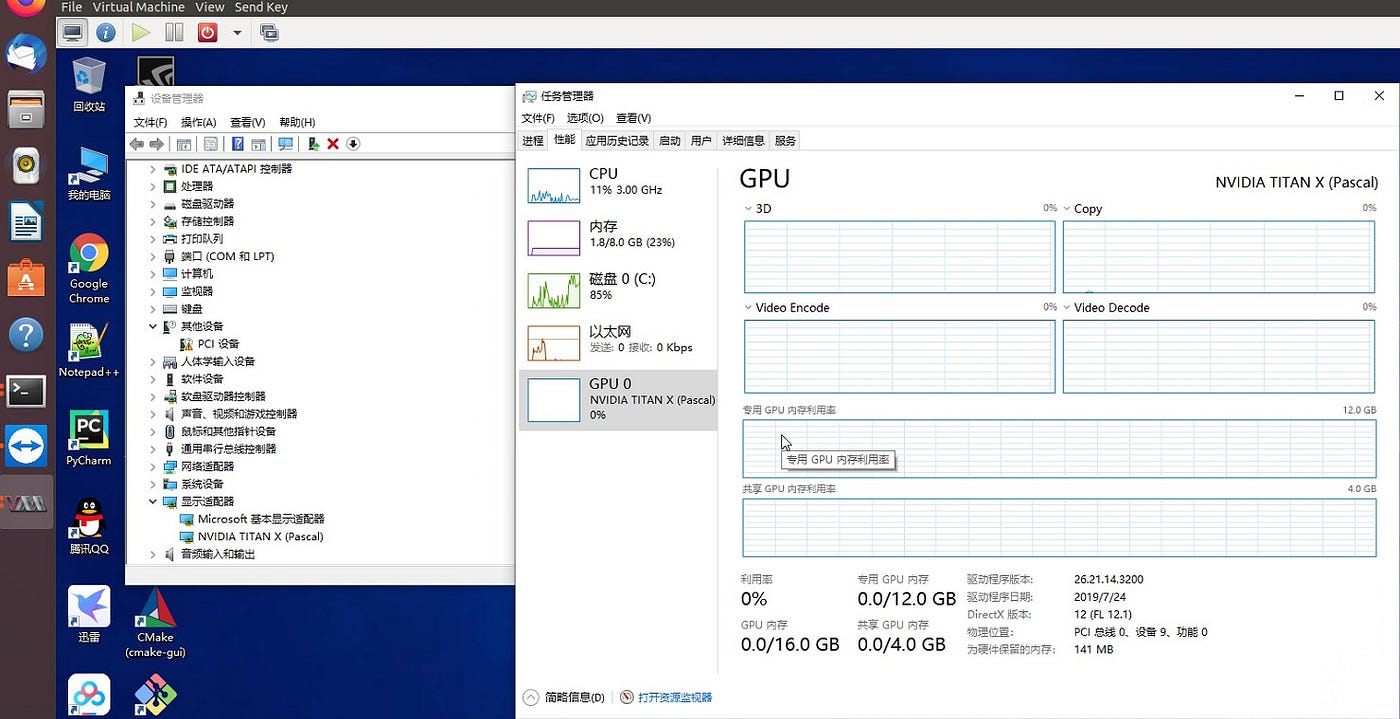

- #SOFTWARE KVM FOR WINDOWS 10 HOW TO#
- #SOFTWARE KVM FOR WINDOWS 10 WINDOWS 10#
- #SOFTWARE KVM FOR WINDOWS 10 CODE#
- #SOFTWARE KVM FOR WINDOWS 10 MAC#
The MacOS-Simple-KVM GitHub repo is linked from the original post. I ran through this as a check to see if everything was working, the steps for this were exactly the same as in the post. If you keep following the post at this point you'll set up an Ubuntu 20.10 daily build. Once nested KVM is up and running and you've configured WSL to send X output to windows, you are ready to try a distro. Carry on from "Exit the Virtualization" paragraph until you get to this command:Įnter fullscreen mode Exit fullscreen mode.

KVM for Intel processors was selected as above, note that the AMD selection is below it.

#SOFTWARE KVM FOR WINDOWS 10 CODE#
Insiders in the Dev Channel will receive builds that is earliest in a development cycle and will contain the latest work-in-progress code from our engineers. Dev channel is described as Ideal for highly technical users. The insider channel renaming is described here. The windows insider page currently lists 19042.423 as the highest build available in Beta and 19041.423 as Release Preview, so for the moment this will not work correctly without using the Dev channel.
#SOFTWARE KVM FOR WINDOWS 10 WINDOWS 10#
One of the features required didn't come into Windows 10 until build 19619 and the nested virtualisation support for AMD didn't come in until build 19636 either, so that's a must if you are on AMD too. The insiders Fast ring which is mentioned in the pre-requisites is now the Dev channel. You'll also need to be running a windows insider build of Windows 10. If you're already running a hypervisor, it's likely this is good to go. If your CPU does support virtualization it might not be enabled in your BIOS, it's worth a check before you start. Unless you're running an Intel CPU from the early 2000s or even earlier you should be OK. One thing that's not obvious is your CPU needs to support virtualisation. I am still stunned how good the performance is having run through this! I've tried a couple of other Linux distro's too, seriously slick.īefore starting check out the requirements from the top of the "Accelerated KVM guests on WSL2" post.

#SOFTWARE KVM FOR WINDOWS 10 HOW TO#
Then I realised, I finally had an excuse to give this a go! I've been itching to since I read - Accelerated KVM guests on WSL 2, an awesome write-up on how to run accelerated KVM guests on WSL2 from is a walkthrough of how I used the excellent work of and and got my 3 year old XPS Intel i7 to run MacOS on Windows 10! Without their writeups and scripting this post probably wouldn't exist.
#SOFTWARE KVM FOR WINDOWS 10 MAC#
In addition, there are countries that use a keyboard specialized for their letters or their language, like in Canada, where the Canadian Multilingual Standard is used, or in Thailand, where Thai letters are put in the buttons.I needed to record a demo on a Mac, I don't own a Mac and was contemplating borrowing one from a friend. Nowadays, keyboards have evolved and come in different forms, like digital applications for mobile devices or wireless keyboards. Remington and Sons, which decided to made few changes and finalized the modern QWERTY design before mass producing the typewriter. In 1873, Sholes sold his machine to the company E. Sholes' first typewriter had a keyboard with the letters arranged alphabetically, but because of feedback and further study, Sholes improved the layout and came up with the QWE.TY layout. Soule for the Sholes and Glidden Typewriter machine. DID YOU KNOW?ĭid you know, the famous QWERTY layout of the letters in keyboards are more than 100 years old as it was created in the early years of the 1870s? From 1867 to 1873, the newspaper editor and printer Christopher Latham Sholes developed the QWERTY keyboard layout with the help of Carlos Glidden and Samuel W. It can either be in hardware form or software. The KVM switch is a switch that will allow users to control multiple computers using just one set of keyboard, video player (monitor), and mouse.


 0 kommentar(er)
0 kommentar(er)
